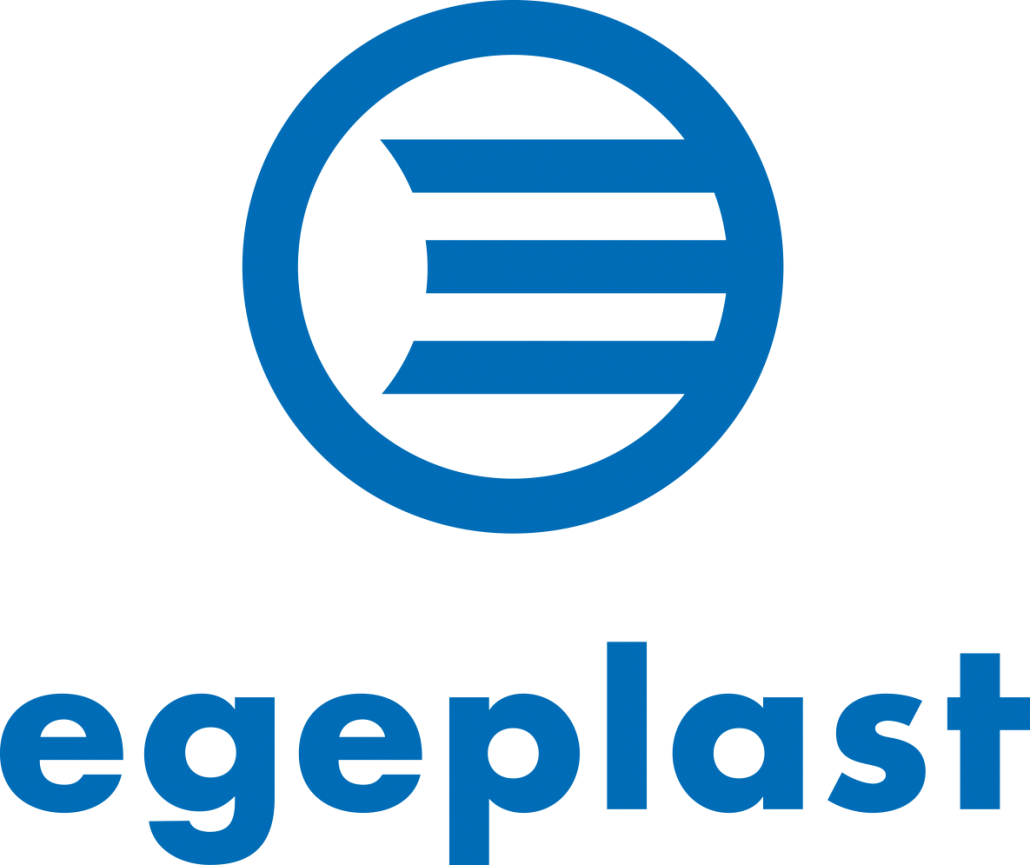Horizontal Directional Drilling
Trenchless Installation of new Supply and Disposal Pipes
The horizontal jet drilling method is used, for example, for long-pipe installation operations, for culverts and for passage under buildings, for drainage and irrigation functions, for installation of traffic management cables, and for slope and embankment securement provisions. The main areas of use are in longitudinal installation projects and culverts with diameters up to 600 mm. Drilling is steered by turning the angled pilot drill-head in the hole. A high-pressure water jet cuts an underground cavity.
A drilling fluid flows at high pressure out of the drill head, fluidizing the soil and any stones, and conveying the cuttings out of the hole. The drilling fluid is harmonized with the particular soil conditions and may contain other additives which provide an additional supporting action for the bore, for example, as well as bentonite, a clayey mineral suspension.
A number of expanding operations will be necessary after the pilot bore has been made, depending on the intended final pipe diameter, in order to prepare the bore for insertion of the fluid-conducting pipe. A percussion drilling system, which can be switched in for operations in stony soils up to Soil Category 5 or, in some cases, even Soil Category 6, facilitates not only the drilling, but also the steering process. A down-hole motor with roller cutters is attached for drilling in rock.
DVGW Code GW 321, “Steered horizontal jet drilling for gas and water pipes ? Requirements, Quality Assurance and Inspection” requires that pipes for renewal of drinking-water systems be of at least Pressure Class 10 bar. The pipes must not be exposed to tensile forces greater than those permissible during the jacking operation. Under DVGW Code GW 321 ? or at the request of the client ? the tensile forces acting directly on the product pipe must be monitored and recorded. Monitoring is accomplished using a tensile force gauge which is mounted in front of the pipe to be jacked in. Due to the mechanical loadings occurring in this installation method, only Series SDR 11 pipes should be used, particularly in the case of small pipe diameters.
The effective service-life of the newly installed pipe depends on its degree of damage. Damage levels of up to 10 % of pipe wall thickness can be tolerated by the material, whereas scratching and scoring beyond this reduce the service-life of the supply pipe. For this reason, the use of sheathed pipes is also recommended in DVGW Code GW 21. The egeplast SLM DCT pipe provides the safety of a sheathed pipe and, in addition, permits simplified quality assurance and checking of damage to the installed pipe.

